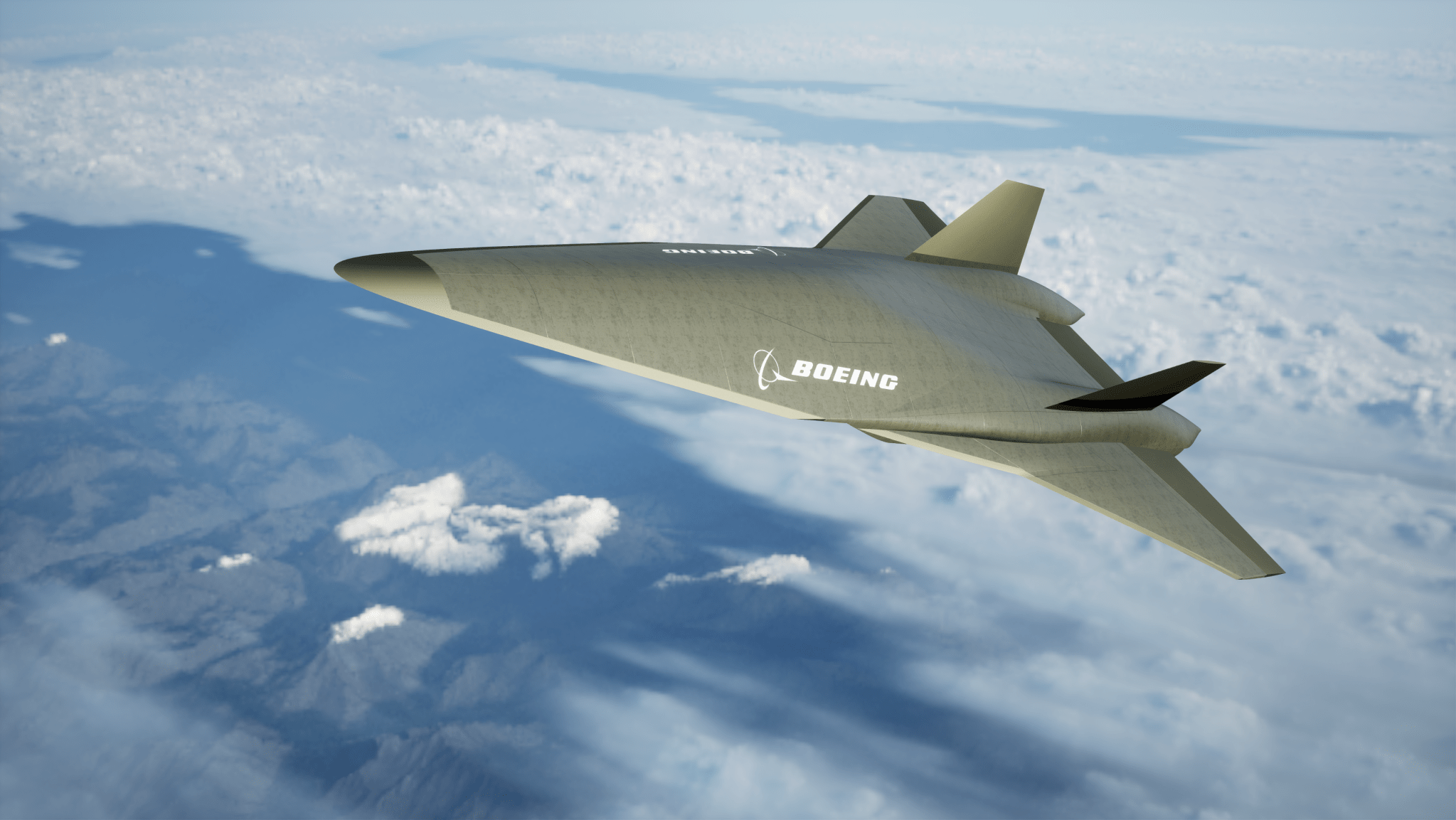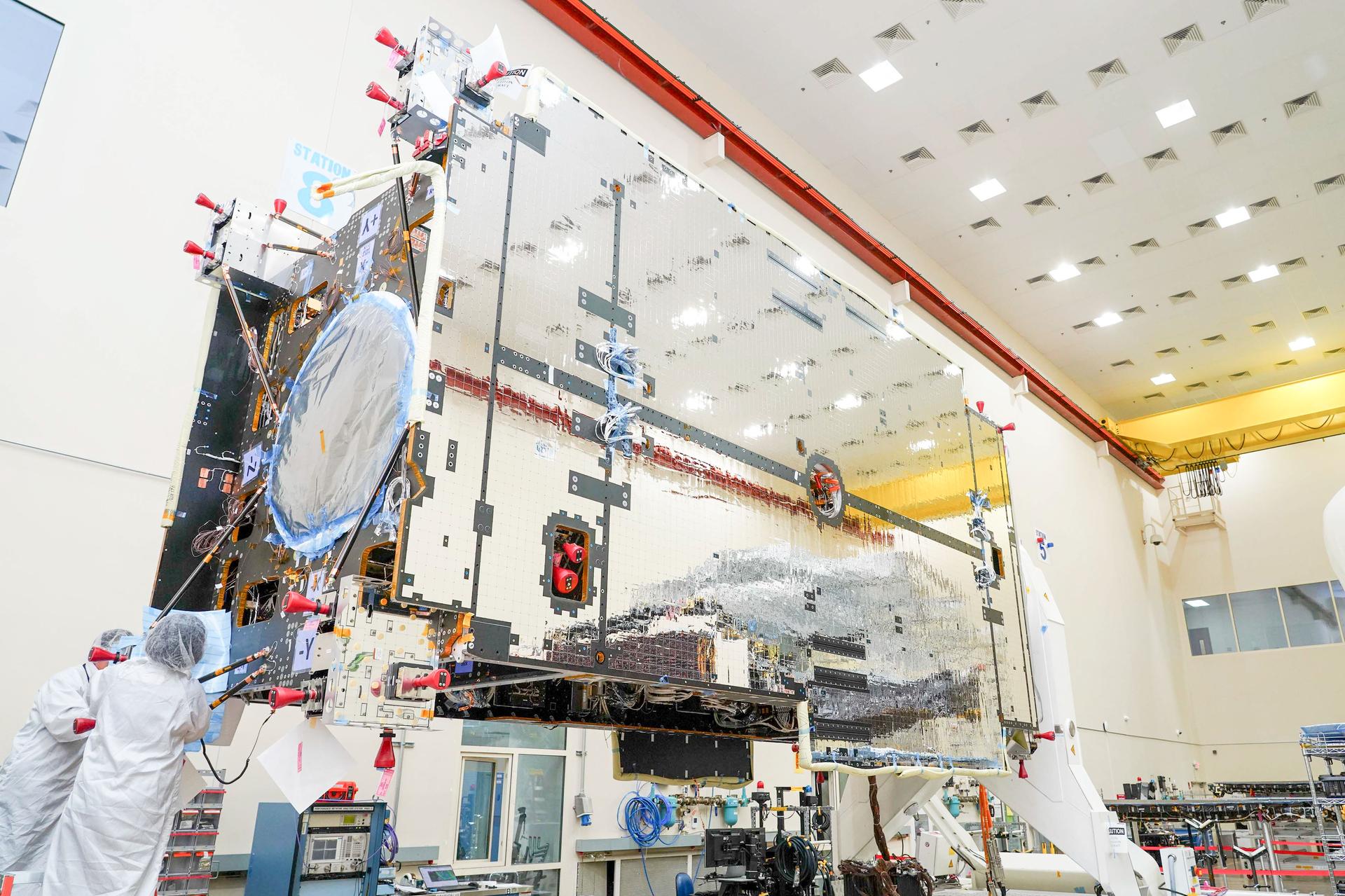Flying from New York City to London up to four times faster than what’s currently possible may sound like a far-off dream, but NASA is exploring whether the commercial market could support travel at such speeds.
NASA recently investigated the business case for supersonic passenger air travel aboard aircraft that could theoretically travel between Mach 2 and Mach 4 (1,535-3,045 mph at sea level). By comparison, today’s larger airliners cruise at roughly 600 mph, or about 80% of the speed of sound.
The NASA studies concluded potential passenger markets exist in about 50 established routes that connect cities. Since the U.S. and other nations prohibit supersonic flight over land, the studies’ findings covered transoceanic travel, including high-volume North Atlantic routes and those crossing the Pacific.
A separate research effort at NASA, the agency’s Quesst mission, with its X-59 quiet supersonic aircraft, also had its roots in an exploratory research effort. Quesst aims to provide data to regulators that would help change the overland commercial supersonic flight rules. Although unrelated to this new set of studies, Quesst is part of NASA’s supersonic research portfolio.
“We conducted similar concept studies over a decade ago at Mach 1.6-1.8, and those resulting roadmaps helped guide NASA research efforts since, including those leading to the X-59,” said Lori Ozoroski, project manager for NASA’s Commercial Supersonic Technology Project. “These new studies will both refresh those looks at technology roadmaps and identify additional research needs for a broader high-speed range.”
NASA’s Advanced Air Vehicles Program (AAVP) is now moving into the next phase of the high-speed travel research, which includes issuing two 12-month contracts to companies to develop concept designs and technology roadmaps. The roadmaps will explore air travel possibilities, outline risks and challenges, and identify needed technologies to make Mach 2-plus travel a reality.
Boeing is leading the first team, with partners Exosonic, GE Aerospace, Georgia Tech Aerospace Systems Design Laboratory, Rolls-Royce North American Technologies, and others. Northrop Grumman Aeronautics Systems lead the second team, with partners Blue Ridge Research and Consulting, Boom Supersonic, and Rolls-Royce North American Technologies.
Each team will develop roadmap elements to include airframe, power, propulsion, thermal management, and composite materials that can hold up under high-supersonic speeds. They will also create non-proprietary designs for concept vehicles.
“The design concepts and technology roadmaps are really important to have in our hands when the companies are finished,” said Mary Jo Long-Davis, manager of NASA’s Hypersonic Technology Project. “We are also collectively conscious of the need to account for safety, efficiency, economic, and societal considerations. It’s important to innovate responsibly so we return benefits to travelers and do no harm to the environment.”
Long-Davis and Ozoroski have been tasked by NASA’s Aeronautics Research Mission Directorate and the AAVP to develop a high-speed strategy. These conceptual vehicle designs and technology roadmaps are key to developing that strategy.
Once the industry engagement phase is completed, NASA and its industry and academic partners will decide whether to continue the research with their own investments.
Editor’s Note: This article was updated on Monday, Aug. 28, to provide additional background on NASA’s Quesst mission.
Brian Newbacher
NASA’s Glenn Research Center































